- Warning: Context Mentions Loss of A Friend (Sensitive Topic).
Our topic for this week was the Indigenous of Mexico. It was very interesting to learn about their indigenous groups in comparison to our New Zealand indigenous. Throughout the week, we were guided by our lecturer and my tocaya, Maria (tocaya= ‘name twin’ in Spanish). I loved how passionate she was about this topic and the range of areas she taught within Mexican Indigenous. Not only did I learn so much in class, but we went on a couple of trips during the week to recognise the visual attributes of what makes indigeneity in Mexico.
Anthropology Museum
On Wednesday, we visited the well-known Anthropology Museum of Mexico. After hearing amazing things about it, the museum truly lived up to its name. Maria took us to the room of Mashikans, which refers to the once Aztecans that built Mexico City from a lake. Amongst learning about all the ideologies, I was intrigued by the amount of gods and goddesses they worshipped within their culture. It was interesting to learn their significance and how these idols reflected on their daily rituals.
An ideology that stood out to me is the term referred to mothers that died while giving birth. A strong belief among Mashikians is keeping their culture alive, subsequently reproducing as much as possible. Thus, they would refer to women who died at birth as warriors, as they fought to keep the culture alive. In Western beliefs, the trait of a warrior is strongly associated with being a masculine trait. This interested me as it perceived a woman as a powerful being, something that tends to lack ideals today. Likewise to many Mexican indigenous groups, the treatment of women and men was an equal game field. With the agreement that both genders couldn’t survive without the other, they were therefore perceived as equally significant.
Indigenous Museum
For our Friday day trip, we got the opportunity to visit the Indigenous Arts Museum and Indigenous Museum. Both landmarks held many important pieces that linked to the indigenous beliefs, ideologies, culture, and hopes for the future.
Within the Indigenous Arts Museum, we came across a memorial for those that passed due to femicide. The memorial was filled with beautiful artwork, which was inspired by the victims who suffered this social injustice. As the image shows below, they presented frames of women who were murdered due to femicide alongside candles and other pieces of art. Personally, this was very overwhelming to experience as a woman. My heart broke not only for the victim herself but for her loved ones and Mexican society as a whole. I have always talked about working in a field similar to this but confronting femicide as a prominent issue was difficult to digest. One of my friends on this trip, Laura, brought up an excellent point about feeling emotion when working around these types of violations. “You should be able to control your emotions enough to not be overwhelmed when working in this field but not to the point where you are desensitised to it. Instead, let yourself sit in these emotions so that you feel motivated to make a change.” As much as it was painful for me to witness this memorial, I felt inspired to help those that have suffered.
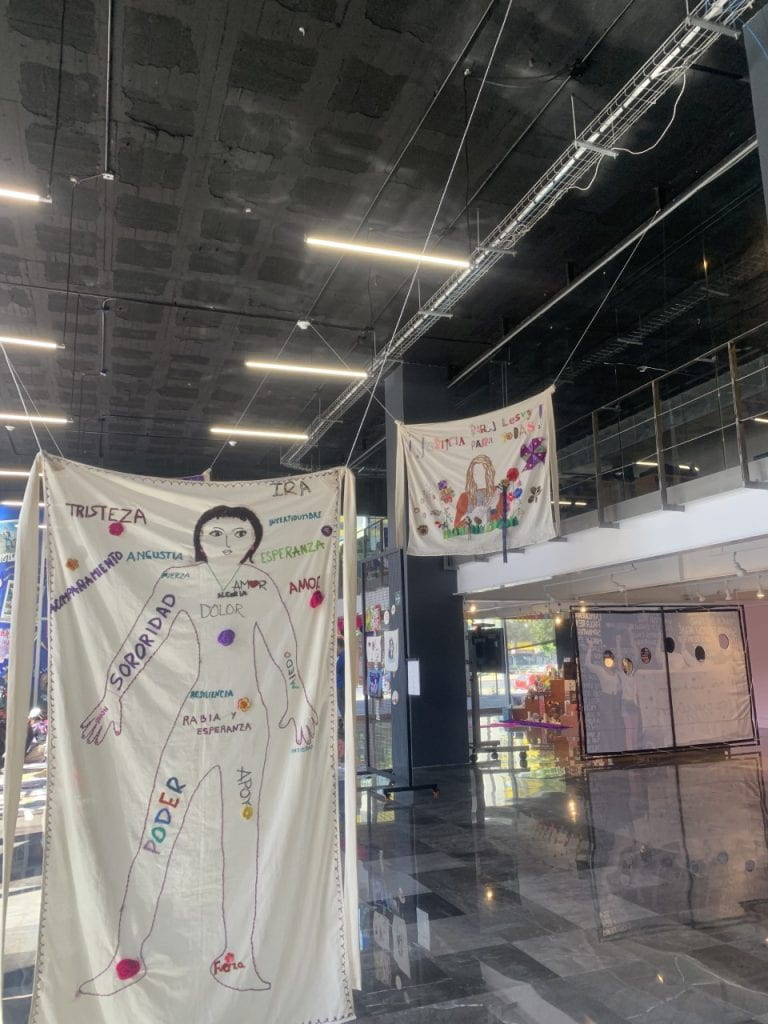
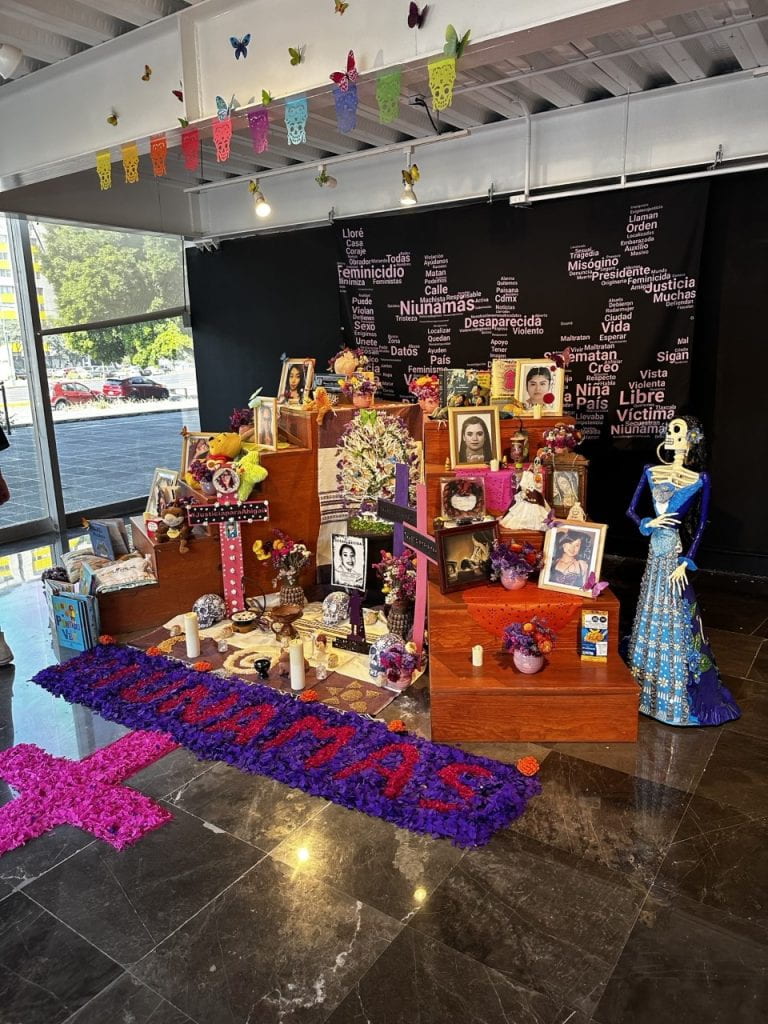
Our next stop on Friday was the Indigenous museum. We had a tour guide that showed us gorgeous photography, art, utilities and costumes worn by indigenous groups. Something I was surprised to learn was the amount of indigenous languages present in Mexico. There are up to 14 different families of Indigenous language, and within these families can have up to 20+ variations of this language. Unfortunately, due to colonisation, many of these languages have died out or have been forced to be spoken at home. It made me reflect upon how difficult it would be to maintain such an important piece of your identity while trying to fit in with society today. The tour guide explained that due to the lack of education in these indigenous languages, they cannot represent themselves in court or other social situations due to not having a translator. I felt a mix of frustration and anger for these groups, as they should have the basic human right of free speech on their own land. A beautiful factor I learnt about Indigenous was how they passed down the language. This was done through pieces of textiles, in which mothers would teach their children how to create clothing through the language. Not only are children upholding cultural practices and creating beautiful pieces, but the language is kept alive. There was a strong belief between indigenous groups that everything that exists on earth, including objects such as textiles, had a soul. To many people, looking at this particular piece of textile at the museum would be perceived as cloth. But to indigenous, the textile upholds a soul that carries their history, culture and language.
After-Life
Within the beliefs of indigenous groups within Mexico, I notice a strong association between nature and the afterlife. During our time at the Anthropology museum, our teacher introduced us to the fierce goddess, Coatlicue (see photo below). Coatlicue means the one that wears the snake skirt. She represents Mother Earth, the one that gave birth to you to live in this life.
When it comes time to pass this life, the massive hands on the statue are the way Mother Earth eats you. The skull in the middle represents fertility, in which when you pass away, you fertilise the earth. When you put this into context, when someone passes our life, we tend to bury them in the ground. The belief follows that their bodies are fertilised by the soil, and their soul lives through the earth. For indigenous groups, death was not something to be afraid of; instead, something we should open with full arms.
As noted in a previous blog post, we New Zealanders associate many components of our life with the environment around us. During my visit to the Indigenous art museum, I found myself quite emotional. I was surrounded by the sound of bees and artwork of lilies, factors that reminded me of a loved one I had lost. Although it was overwhelming at first, I found it beautiful that Mexicans commemorate their ancestors through nature, likewise to us New Zealanders. Losing a loved one is painful; however, it was perceived as your soul returning back to nature. To appreciate those that once walked with us is to look after the earth that has nourished us, including the souls we once lost.
Even though my friend does not walk alongside me anymore, I see him in the flowers that bloom and the bees that buzz. I see him when the sun sets and when the sun rises. His eyes are within the waves that break; his voice is within the birds that chirp. He might not be holding my hand physically, but I know he is now held by mother earth. As the Teotihuacans believed, we can’t have day without night, a sun without a moon, and most importantly, life without death.
For the ancestors that once walked this earth, I will continue to nourish the soil. For you, Jack, I will continue to love the hands that now hold you

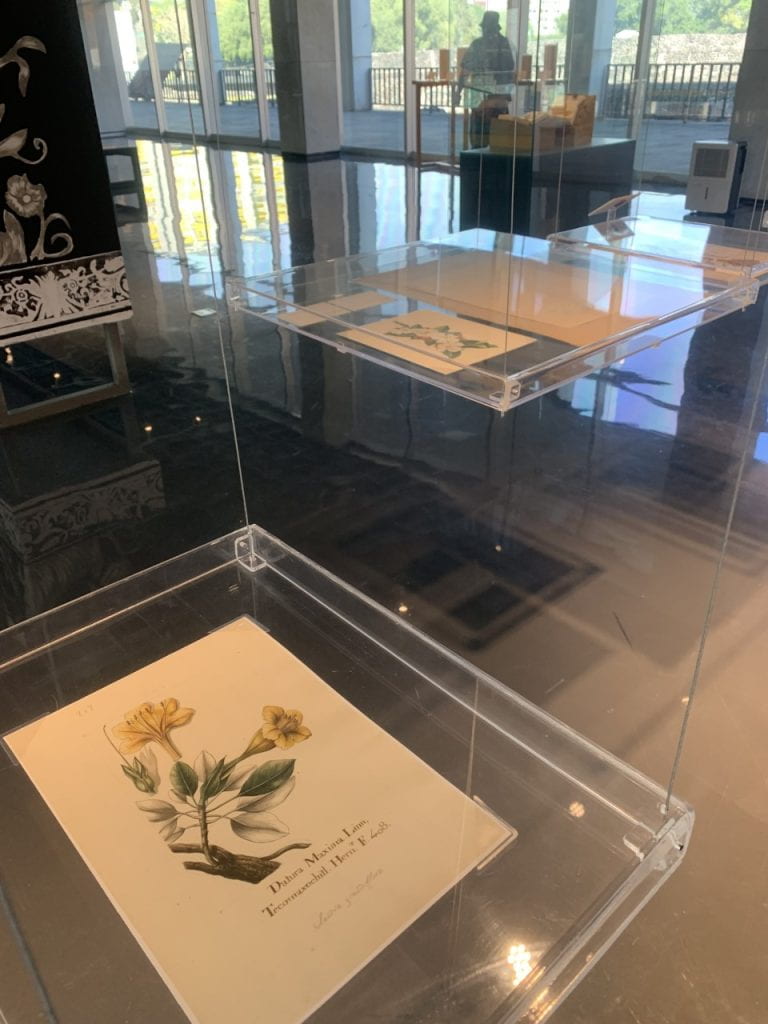
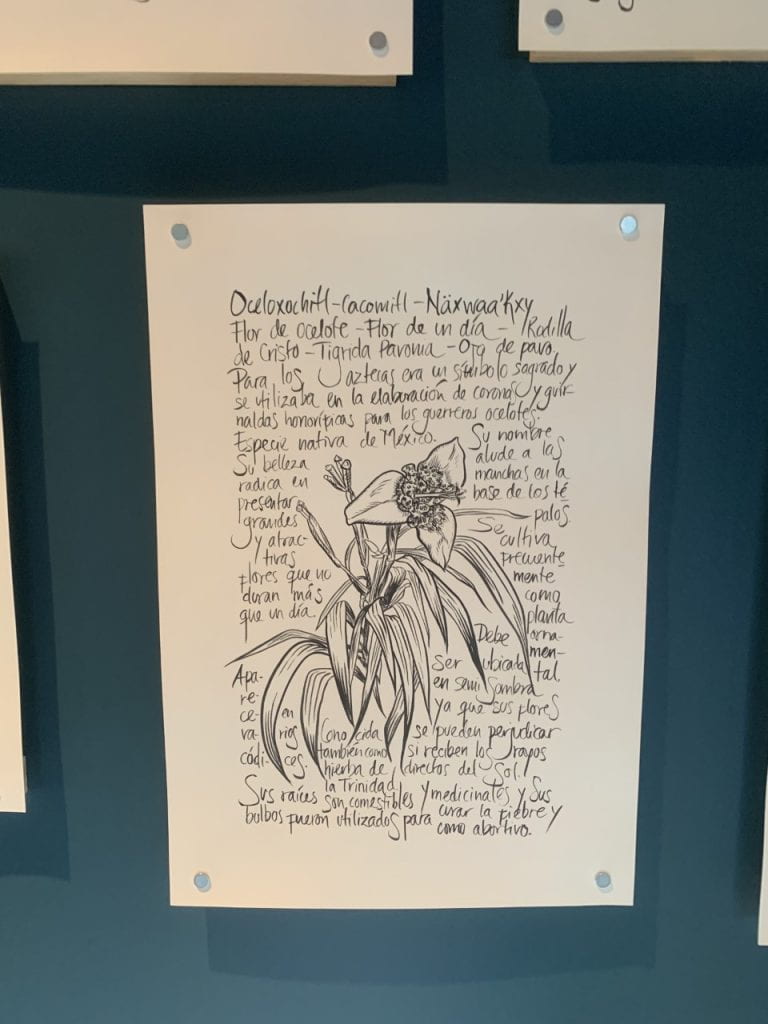
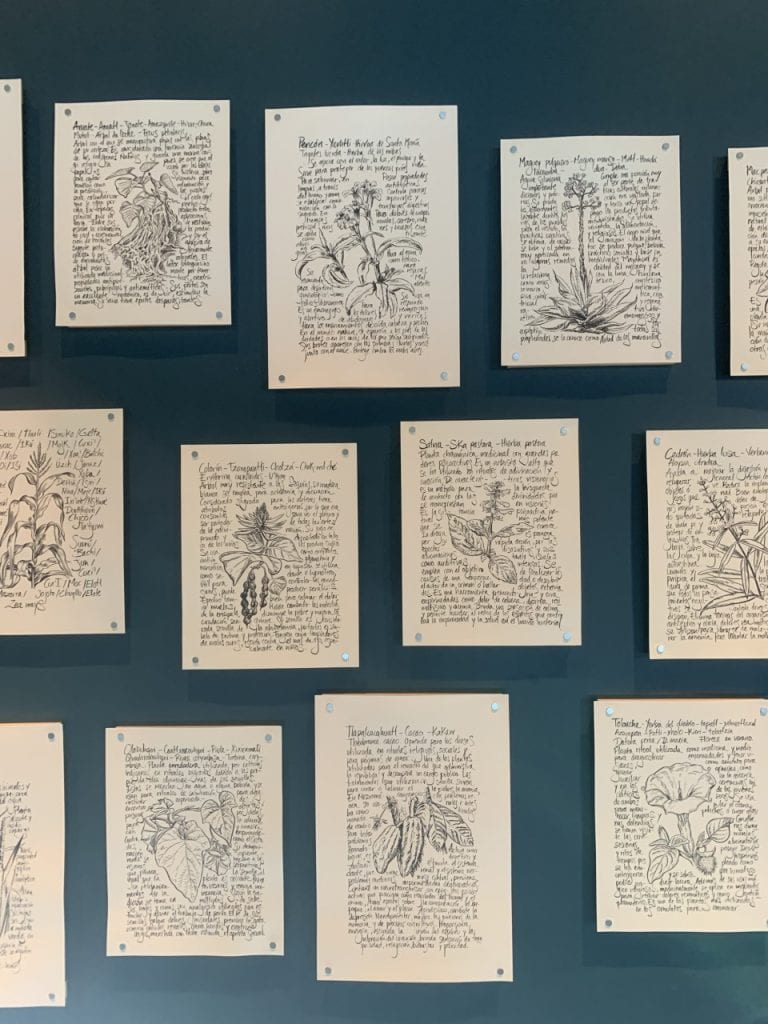

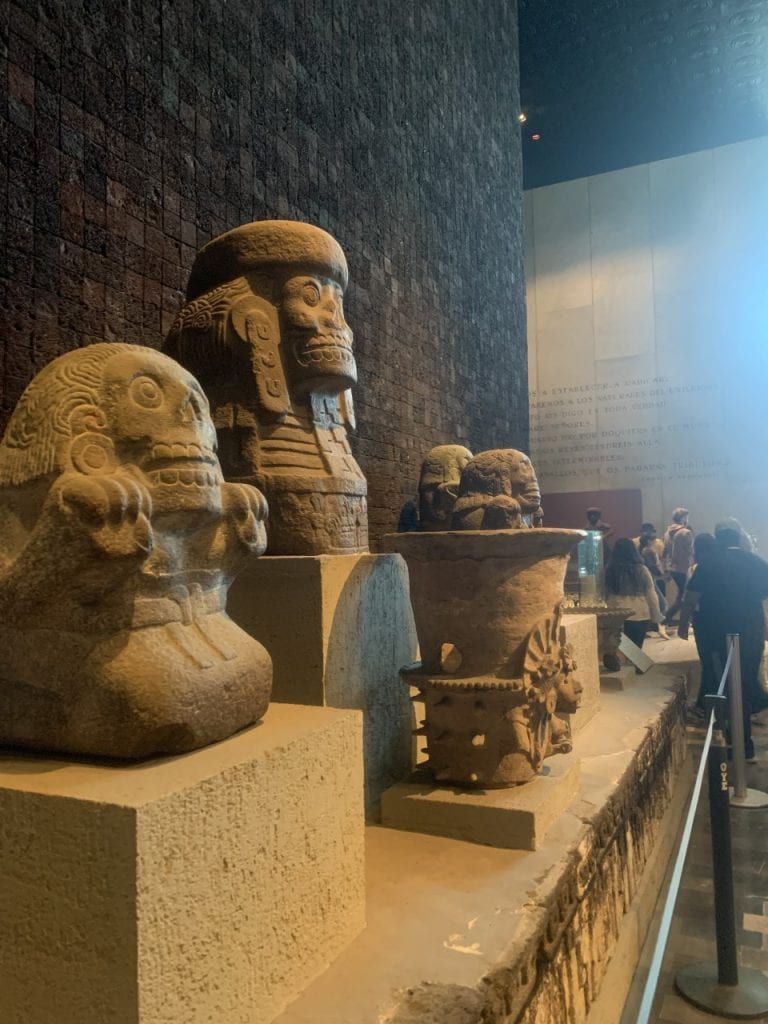
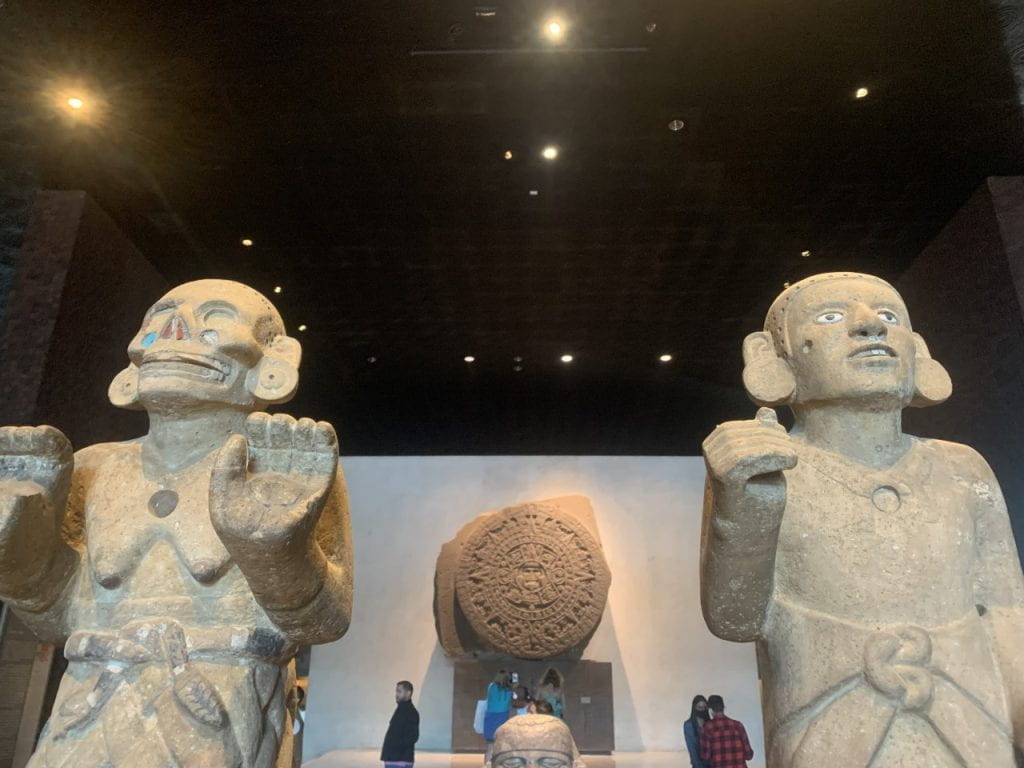
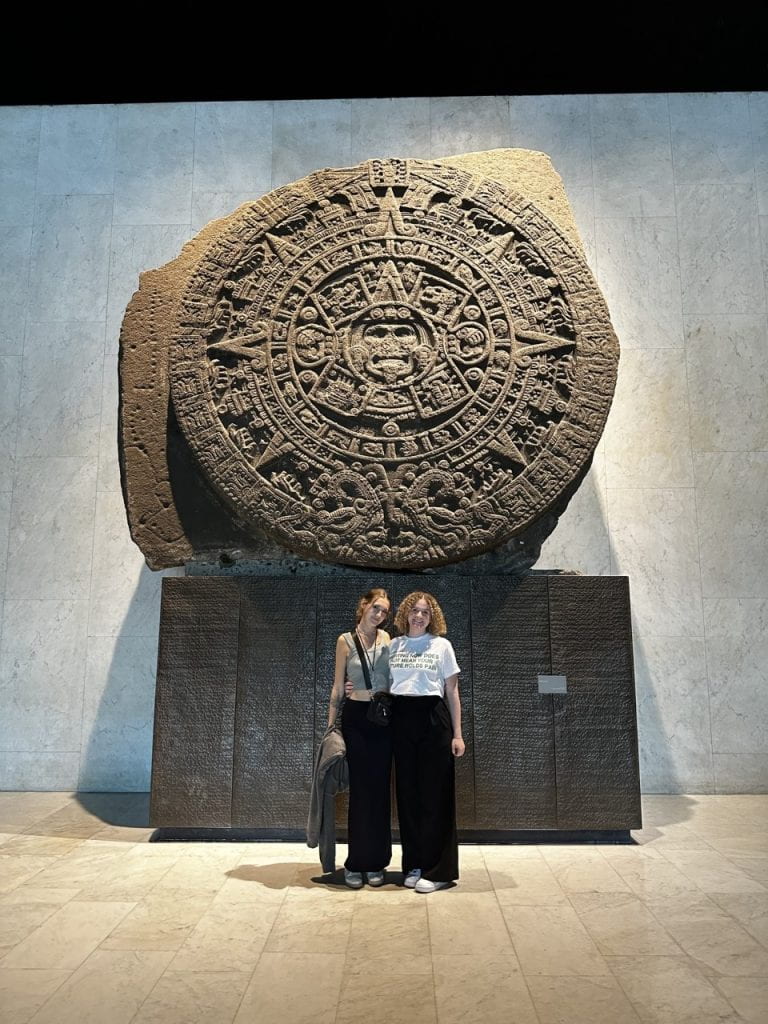
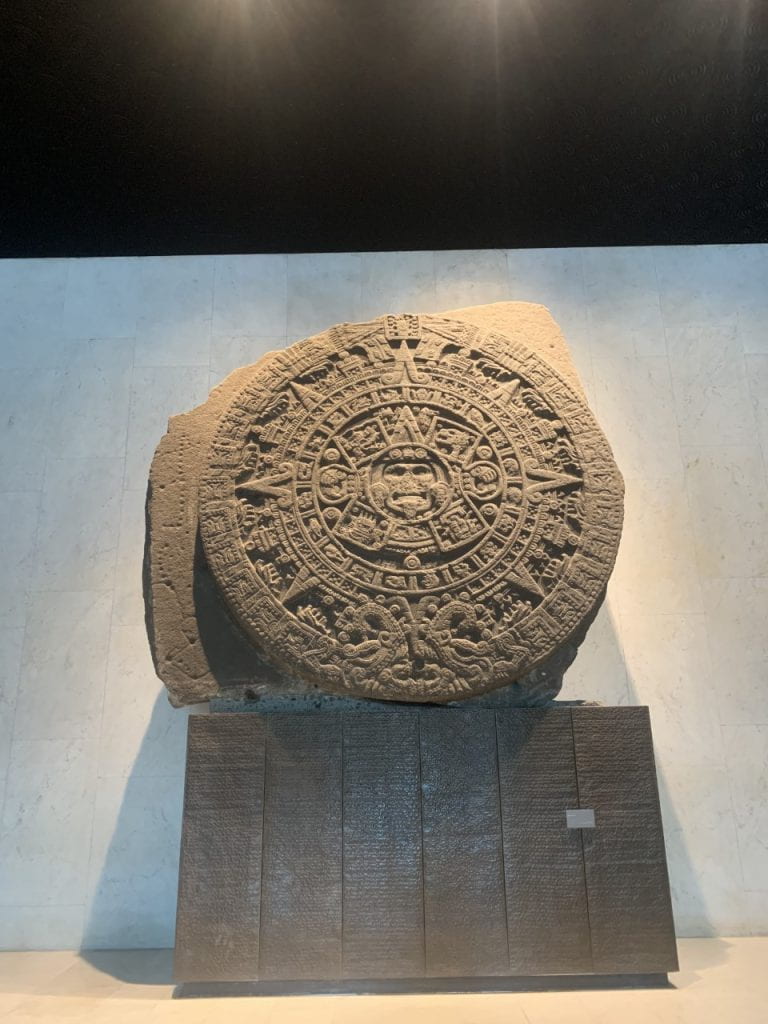
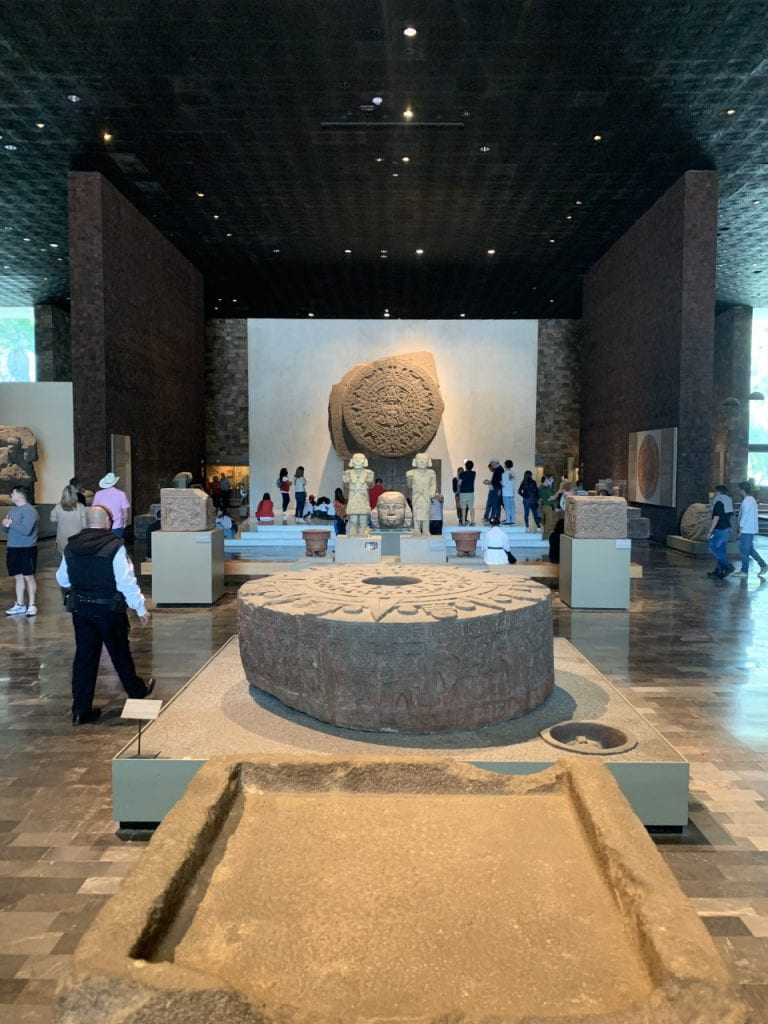
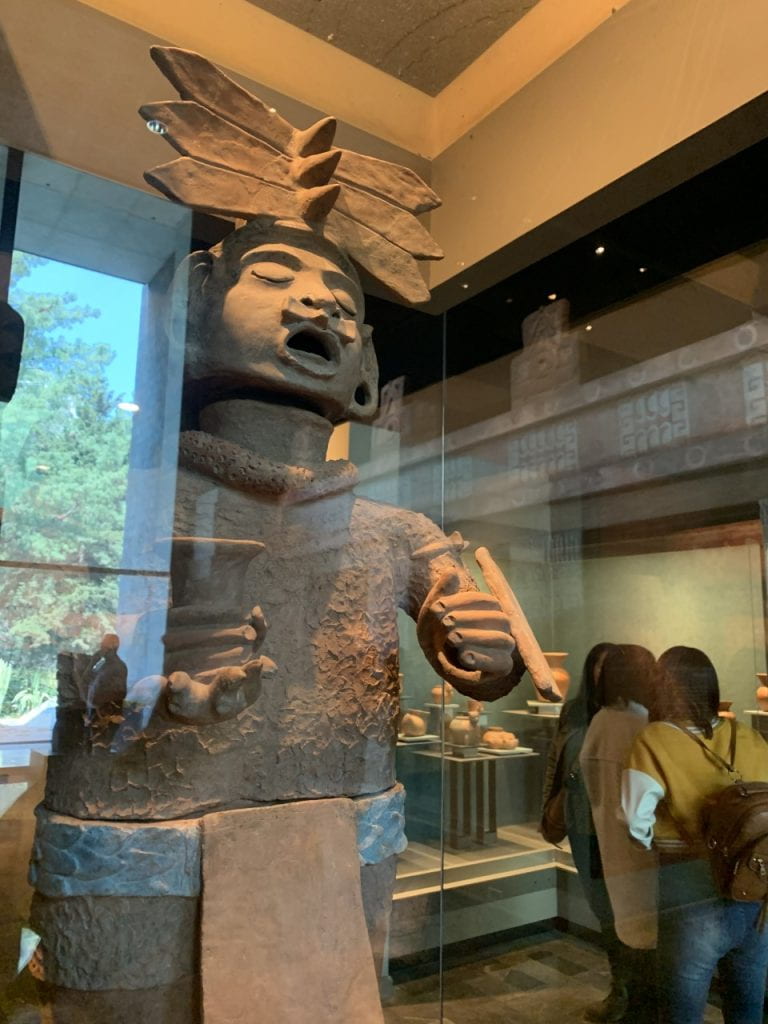
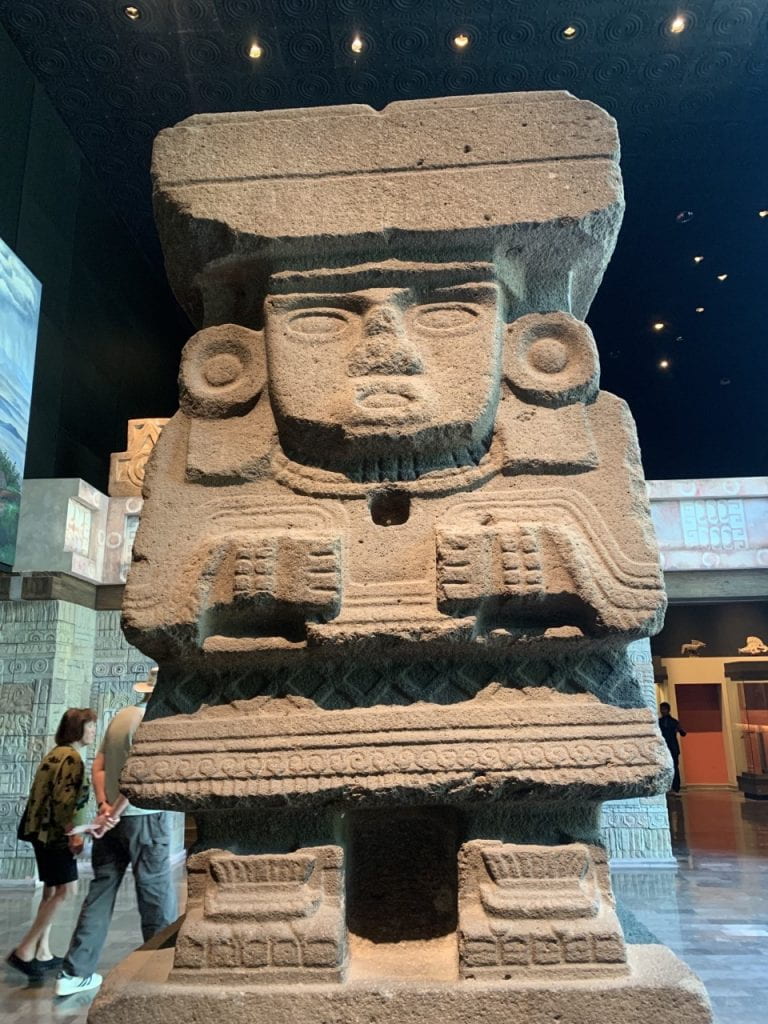
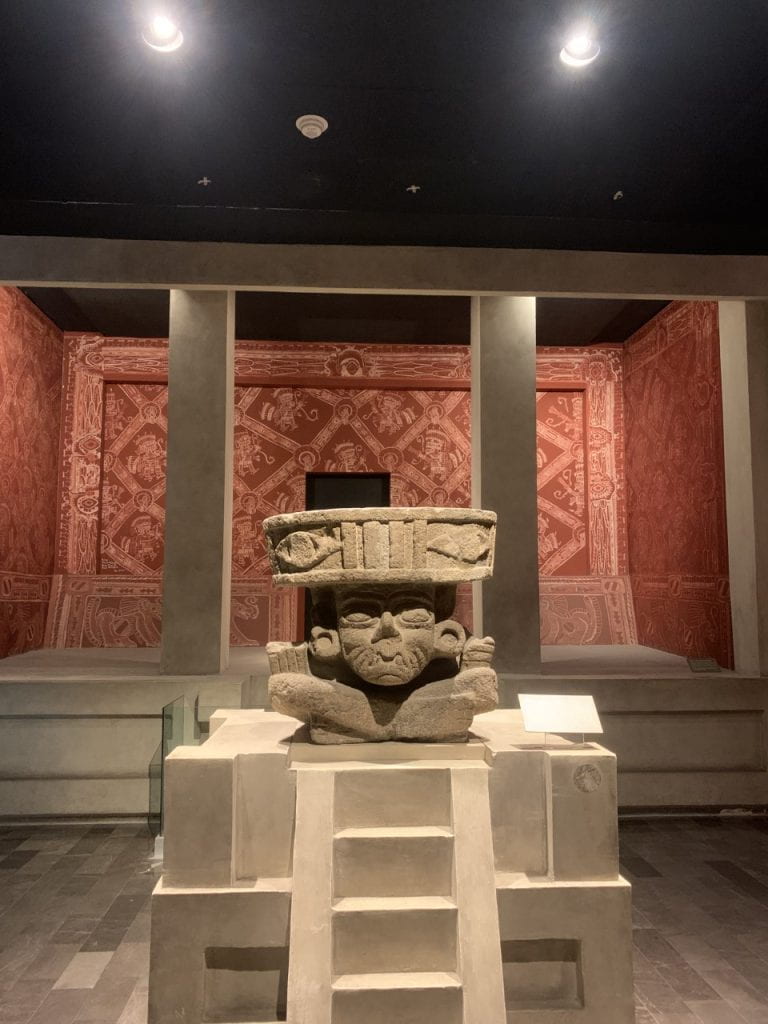
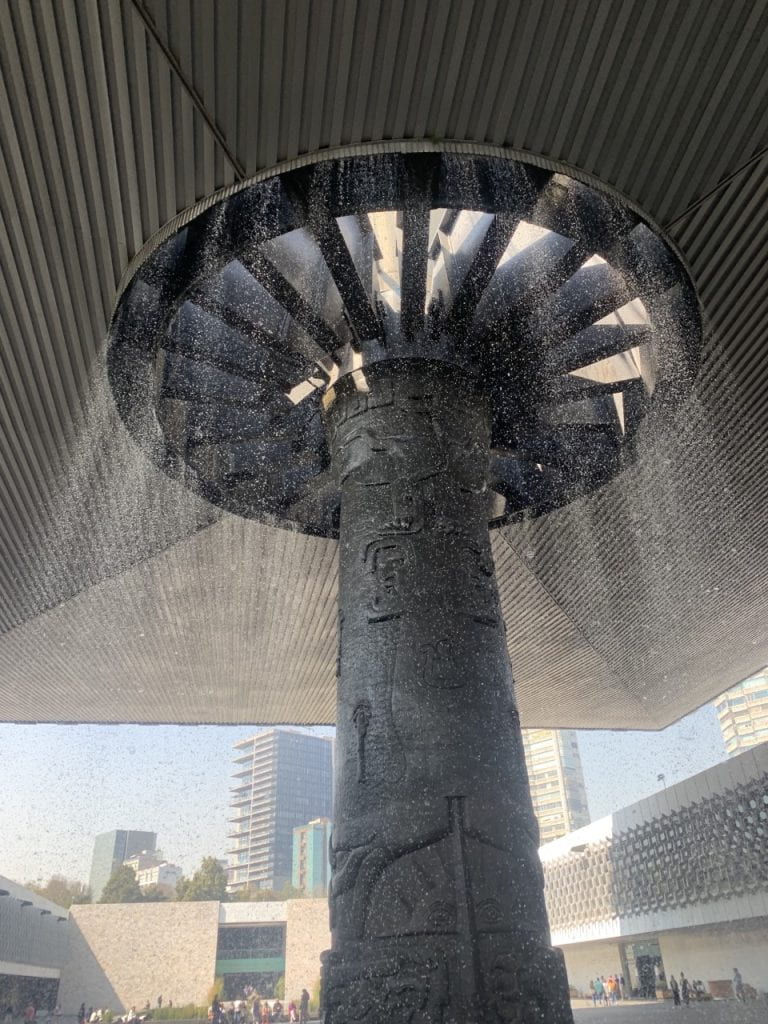
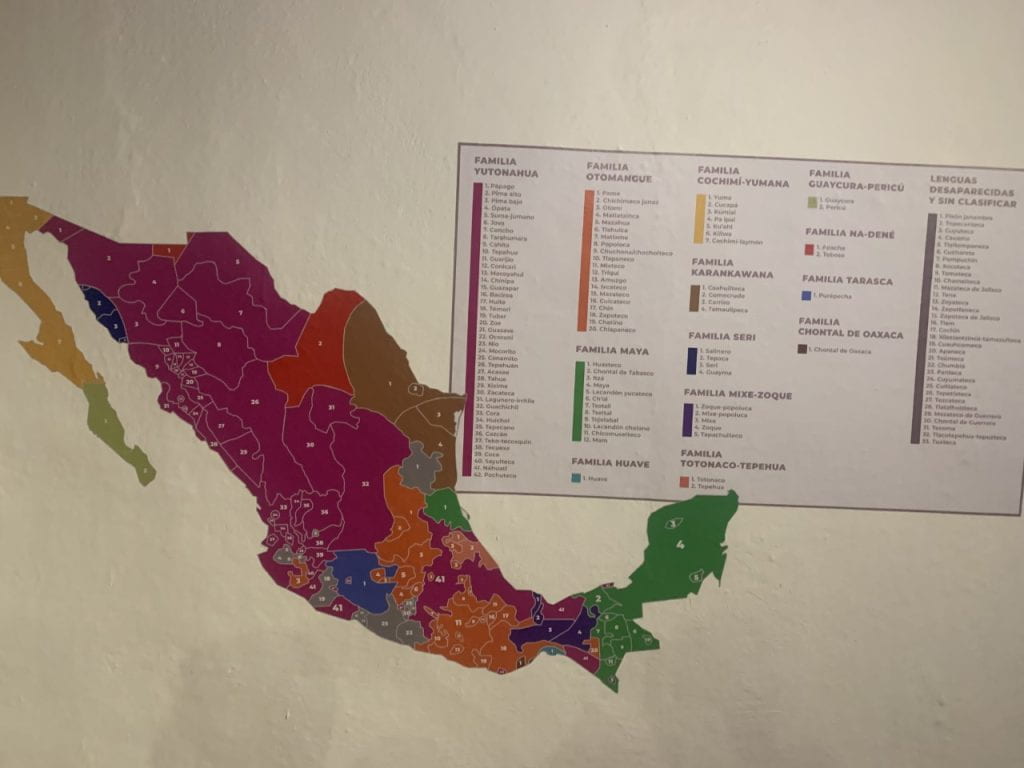
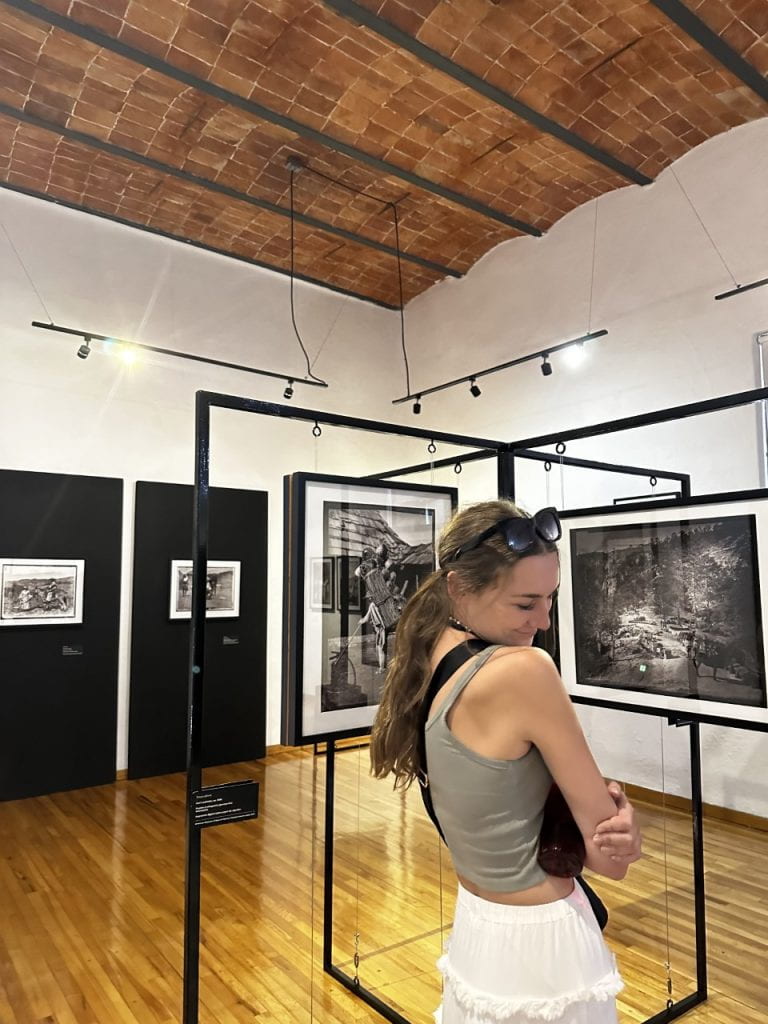

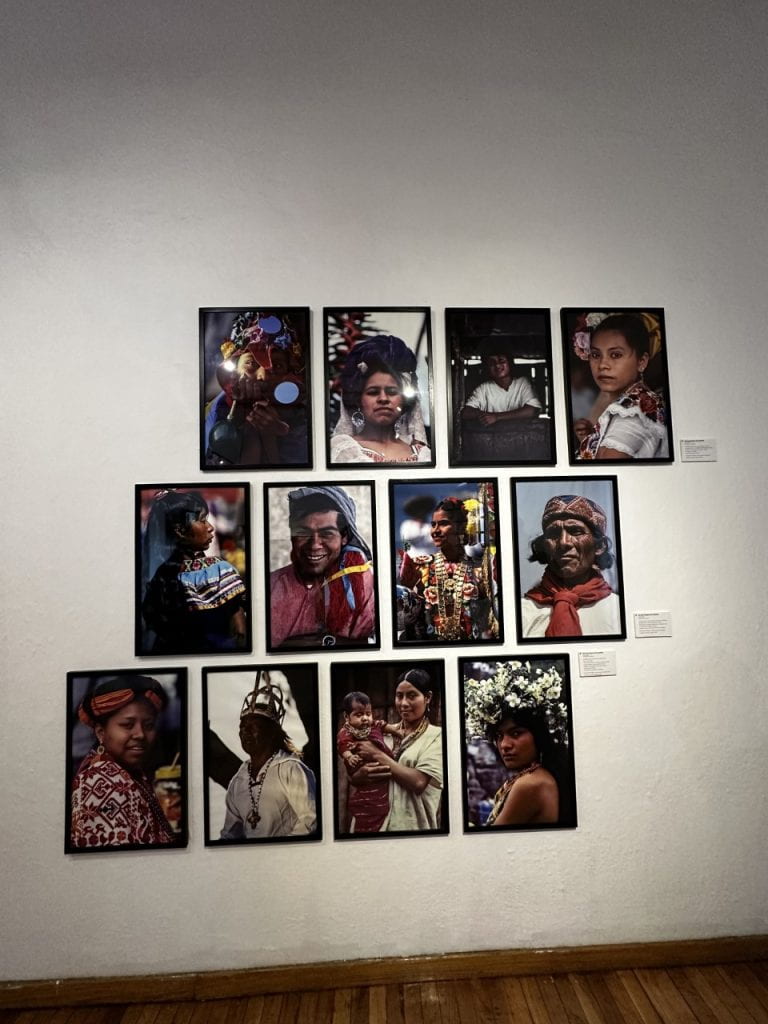
Such a beautiful piece Maria. Jack would be so proud of you as we all are and I’m so glad you’re able to find him in the things you do over there <3